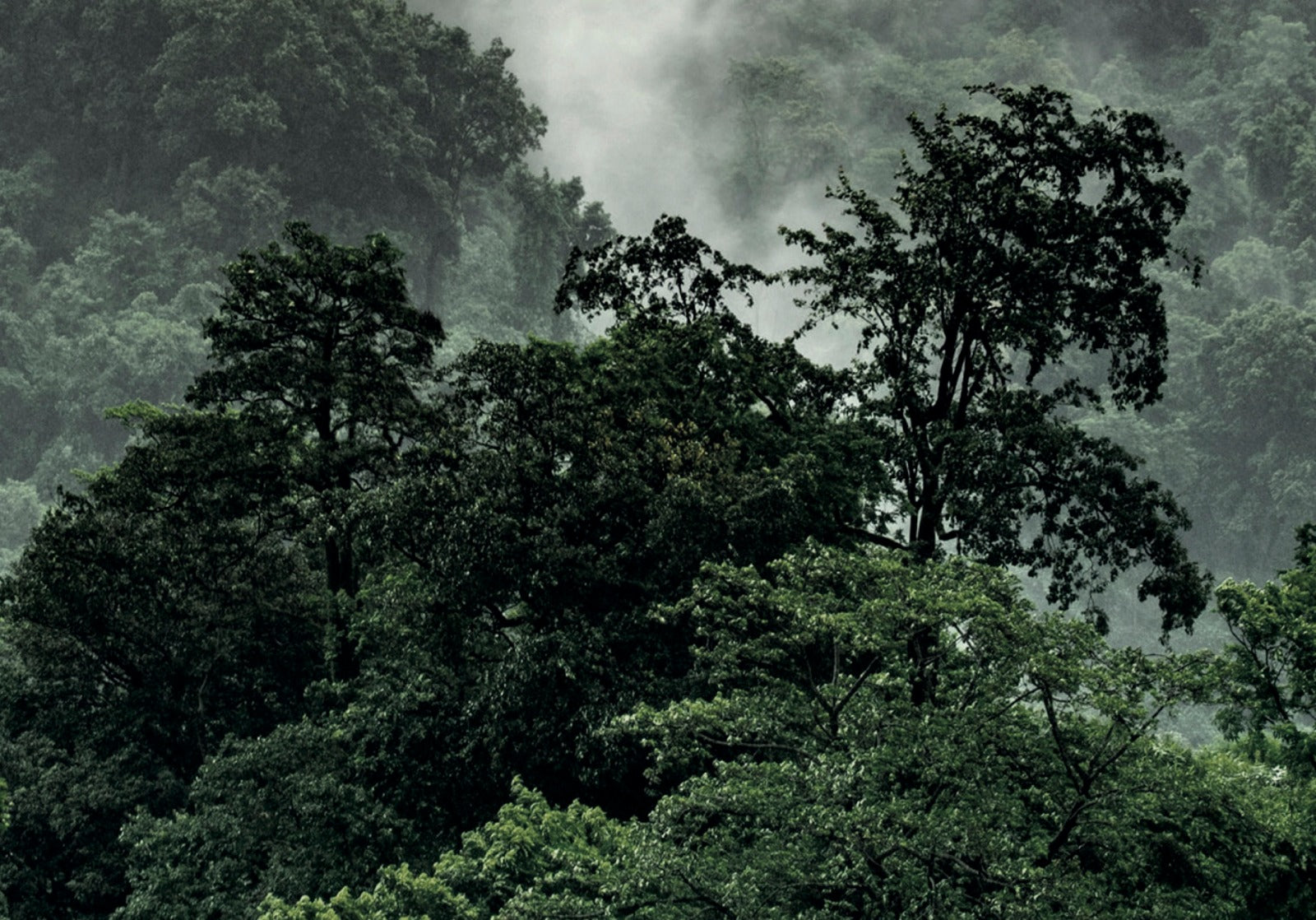Trees of Tomorrow: Reviving Tanzania’s Green Heart

In collaboration with
Forest Nation
Deforestation in the Eastern and Western Usambara Mountain Ranges has severely affected local livelihoods. That’s why, together with Forest Nation, we have committed to reforesting these areas.
While tree planting undoubtedly benefits the environment in the face of climate change, its greatest impact lies in transforming communities and improving lives.
Our Tree Varieties
Fruit Trees:
Avocado, Peach, Loquat, Banana, Moringa, Olifera, Plum, Orange (bearing fruit
within 12–18 months).
Forest Trees:
Lavofia Caffra, Albizia Schimperiana, Croton Megalocapus, Makhamea Lutea, Pinus Patula, Cypress Lusitanica, Podocarpus Usambariansis, Leucaena, Croton Microsachers, East African Camphorwood (reaching maturity in 1–2 years).









